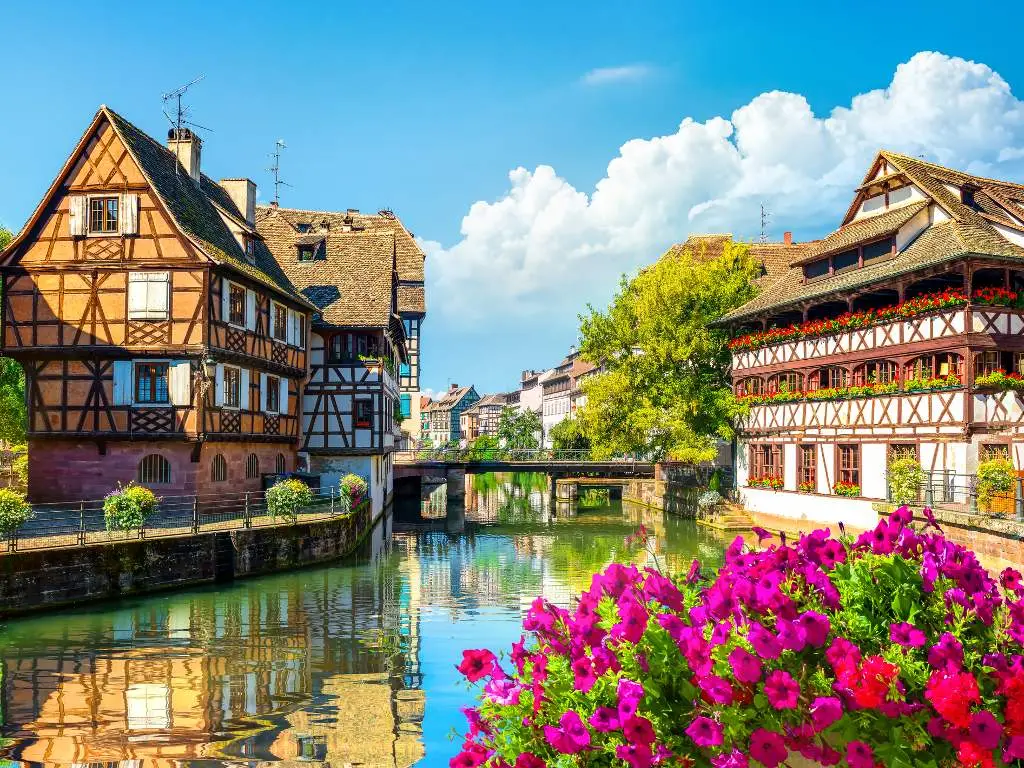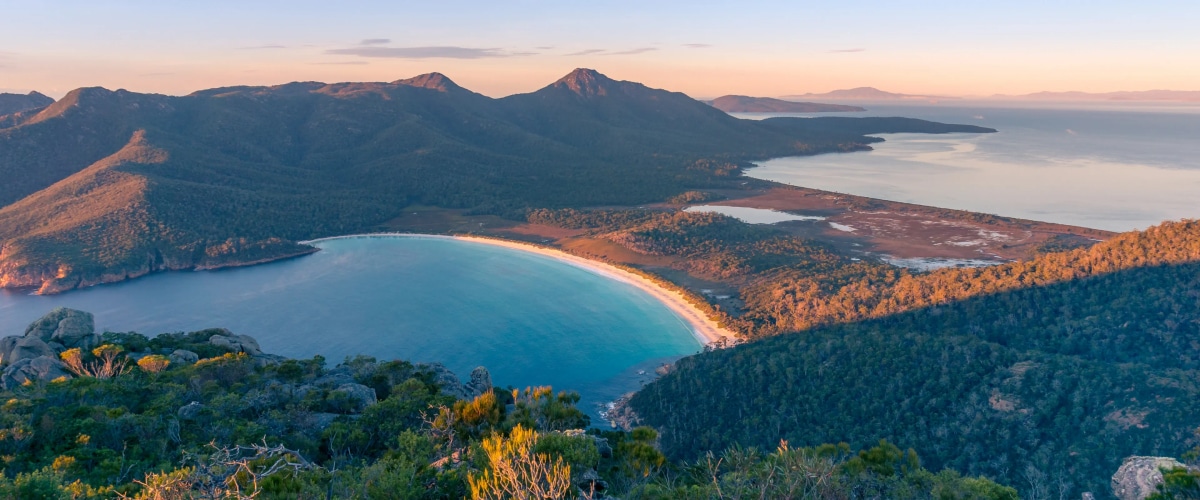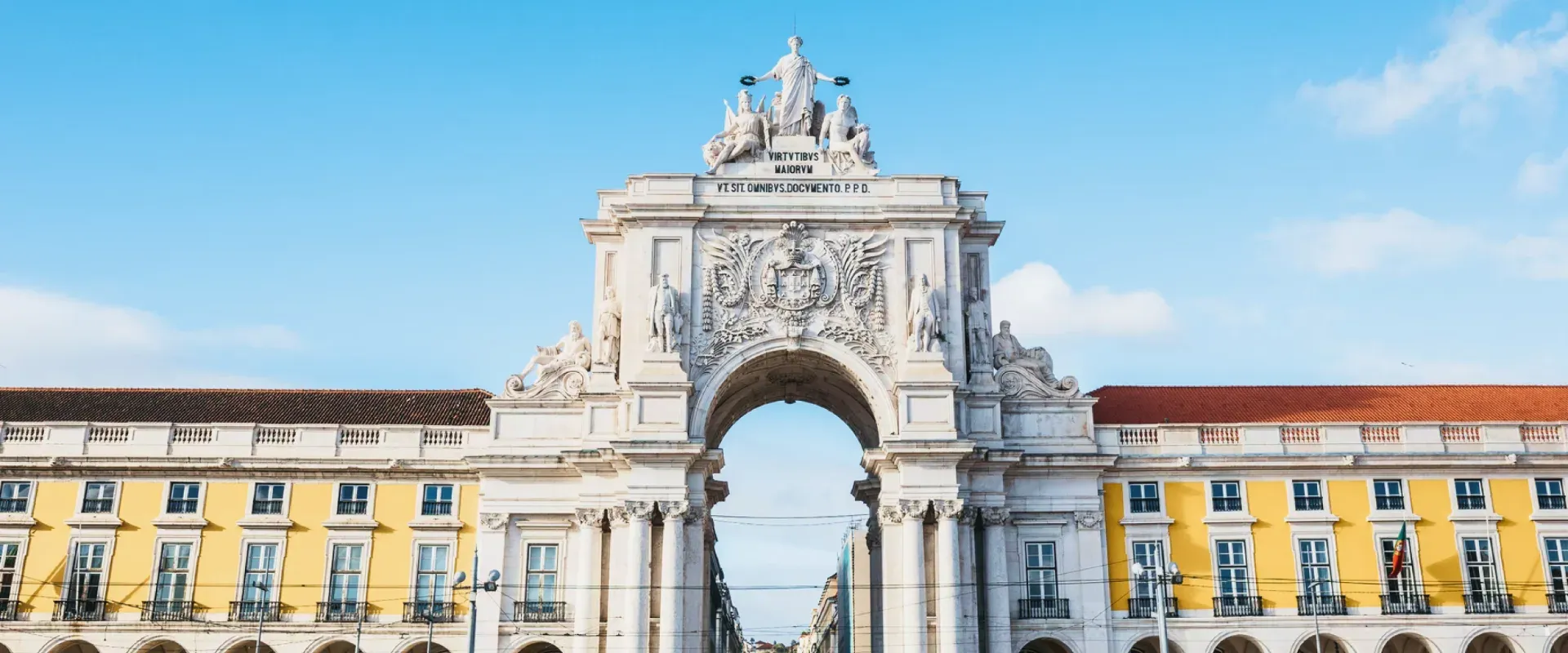
Toronto: The Canadian City That’s One of the Most Diverse in the World
When BBC Radio proclaimed Toronto the world's most diverse city in 2016, it was a nod to the fact that over half of its approximately three million residents were born outside Canada. Thanks to pro-immigration policies and its role as the country’s largest urban center, Toronto has become a magnet for many, turning it into North America’s fourth-largest metropolis and third-largest tech hub after New York and Silicon Valley.
This Great Lakes favorite draws much of its dynamism from its 250-plus ethnic groups, with distinct neighborhoods and an ever-curious food scene. Like a permanent host city for an ongoing Olympics of arts and culture, it also attracts millions of revelers to festivals every year.
Muddy York
Toronto owes its name to “Tkaronto,” Mohawk for "where there are trees standing in the water." In 1793, it became York, a British colonial capital nicknamed "Muddy York" for its notoriously sloppy streets.
Though tidy sidewalks, construction cranes, and glassy condos now dominate downtown, vestiges of Old Toronto survive. Learn about the Battle of York at Fort York, Canada's largest collection of War of 1812 buildings. It was here that 1,700 Americans sacked the town, inspiring the British to retaliate a year later by torching the White House.
Another 19th-century throwback is the charming Distillery District. A patio paradise in the summer and a thronged holiday market around Christmas, the cobblestone lanes of this walled, red-brick campus that was once the country’s largest distillery, are now lined with boutiques, low-key cafés, and eateries.
Hogtown's happy eats
Pluralistic Toronto can't claim many homegrown specialties, but peameal bacon—cured pork loin originally rolled in ground yellow peas—was invented in Hogtown (another historical nickname, referring to the city’s meatpacking past and to what smaller towns considered its outsized, “hoggish,” political importance). Now coated with cornmeal that crisps up when pan-fried, peameal bears no resemblance to the "Canadian bacon" sold outside the country.
Try it on a roll, laced with spicy mustard, at St. Lawrence Market's Carousel Bakery. Farmers first peddled their wares on this site back in 1803; bustling and airy, the South Market building houses more than 120 vendors. This nexus of nosh offers international bites like Portuguese pastéis de nata (egg custard tarts) as well as Canadian favorites like butter tarts (the pecan-pie-adjacent filling includes sugar, butter, eggs, and syrup) and wood-fired Montreal-style bagels.

Urban island adventures
Lake Ontario may be the smallest of the Great Lakes by area, but it's a huge reason why Toronto shines in warm weather.
Torontonians have been escaping to the Toronto Islands since the 19th century. This car-free archipelago of 15 interconnected isles is easy to reach and hard to leave, with ferries making the 15-minute crossing from downtown. The Toronto Islands Park is the best vantage point for a skyline snapshot and features a hedge maze, lagoons for kayaking and canoeing, a boardwalk overhung with willows, and an antique carousel at Centreville Amusement Park.
Though walking paths and footbridges abound, rental bikes are a pleasant way to get around. Of the four beaches, one section of Hanlan's Point is clothing-optional and historically popular with the LGBTQ+ community.

How Toronto rolls
The hum of Toronto's red-and-white streetcars is the background music of the city, and the west-east 501 Queen Street line gives an overview of its most vibrant enclaves. From the corner of Ossington and Queen in West Queen West, a design district anointed by Vogue as one of the "world's coolest," roll east and hop off at Augusta to admire Graffiti Alley, a kilometer of city-sanctioned street art just to the south.
Back on Queen, you'll spot the new and old city halls (one futuristic, the other Romanesque). Past the hip East End neighborhoods of Riverside (check out The Broadview Hotel’s rooftop terrace) and Leslieville (brewpub Avling has a 4,000-square-foot rooftop farm) lies the Beaches area, site of the free, month-long Beaches Jazz Festival in July.
Tip: Downtown, a car is a hindrance, especially during summer gridlock. Just avoid the streetcar during rush hour, and note that the 501 Queen Street streetcar will be replaced by a shuttle bus for 20 months starting May 2023.
Not so little neighborhoods
In a city where the most common languages after English and French are Mandarin, Cantonese, Tagalog, Spanish, and Tamil, the diversity of its districts speaks multitudes. Toronto may have Little India and Little Manila, but Chinatown and Kensington Market, blending into each other downtown, are the easiest to explore together on foot.
The corner of Spadina and Dundas is the heart of Chinatown, rich with bubble tea, housewares, and noodles. Kensington Market, centered along Kensington and Augusta avenues north of Dundas, is dotted with murals, tattoo parlors, and crayon-colored townhouses converted into vintage clothing stores. Originally Jewish, then Portuguese, the Kensington Market neighborhood is now known for its casual culinary range, from Mexican beef stew at Birria Catrina to Jamaican patties at Crumbs Gourmet Patties to German-fusion currywurst at Otto’s Berlin Döner to Ojibway-style tacos (using Indigenous fry bread instead of tortillas) at Pow Wow Café.
The world’s highest wine cellar
It's hard to get lost in Toronto's grid, but if you ever need to orient yourself, the landmark 1,815-foot-tall CN Tower is impossible to miss. Constructed in 1975, this doughnut on a needle was the world's tallest for 32 years and remains the tallest freestanding structure in the Western Hemisphere.
According to the Guinness World Records, the revolving 360 The Restaurant boasts the world's highest wine cellar. A minimum food charge of $75 per person includes admission to the main observation deck. Another section highlights a glass floor, while the SkyPod (the highest level) is home to the hair-raising EdgeWalk, where harnessed adrenaline-junkies navigate an outdoor platform 116 stories above the city.

Fantastic fests
The Toronto Caribbean Carnival (long known as Caribana) is an extravaganza of Caribbean cuisine, parties, steel pan bands, and the feathered masqueraders of the electrifying Grand Parade, which attracts more than a million attendees. Founded as part of Canada’s centennial celebrations in 1967 by Toronto’s growing Caribbean community, the event is now the largest street festival in North America. Three weeks of festivities segue into Emancipation Day, August 1, commemorating the day slavery was abolished in the British Empire, and thereby also in Canada, in 1834.
While summer is packed with music, from Drake's OVO Fest to the Austin-inspired NXNE, September brings the red carpets of the Toronto International Film Festival (TIFF). Each year, moviegoers enjoy hundreds of selections. In fact, the eventual Best Picture at the Oscars is almost always screened here. Unlike the juried Cannes and Venice festivals, at TIFF, the audience votes for the top prize.
Toronto’s Pride event is also the largest in Canada and among the biggest in the world.

Unique museums
Among Toronto's wealth of cultural institutions, the Hockey Hall of Fame stands out. This interactive shrine to Canada's national game tests visitors' slapshots and sports-announcer voices while proudly displaying vivid goalie masks, a replica of the Montreal Canadiens' locker room, and the original Stanley Cup.
Another idiosyncratic experience, the Bata Shoe Museum is a fairy-tale collection of historical footwear, with everything from ancient Egyptian sandals to 16th-century Italian velvet platforms. Fans of extravagance will also be interested in the nearby Casa Loma, a 98-room Gothic Revival castle built in 1914.
For a minimalist vibe, the gleaming, white-granite Aga Khan Museum, about 20 minutes north of downtown, is North America's first Islamic arts showcase, exhibiting manuscripts, metalwork, and exquisite ceramics.
Join Going and get cheap flights to Toronto and around the world delivered right to your inbox.
More Canadian destinations
Last updated December 19, 2023









